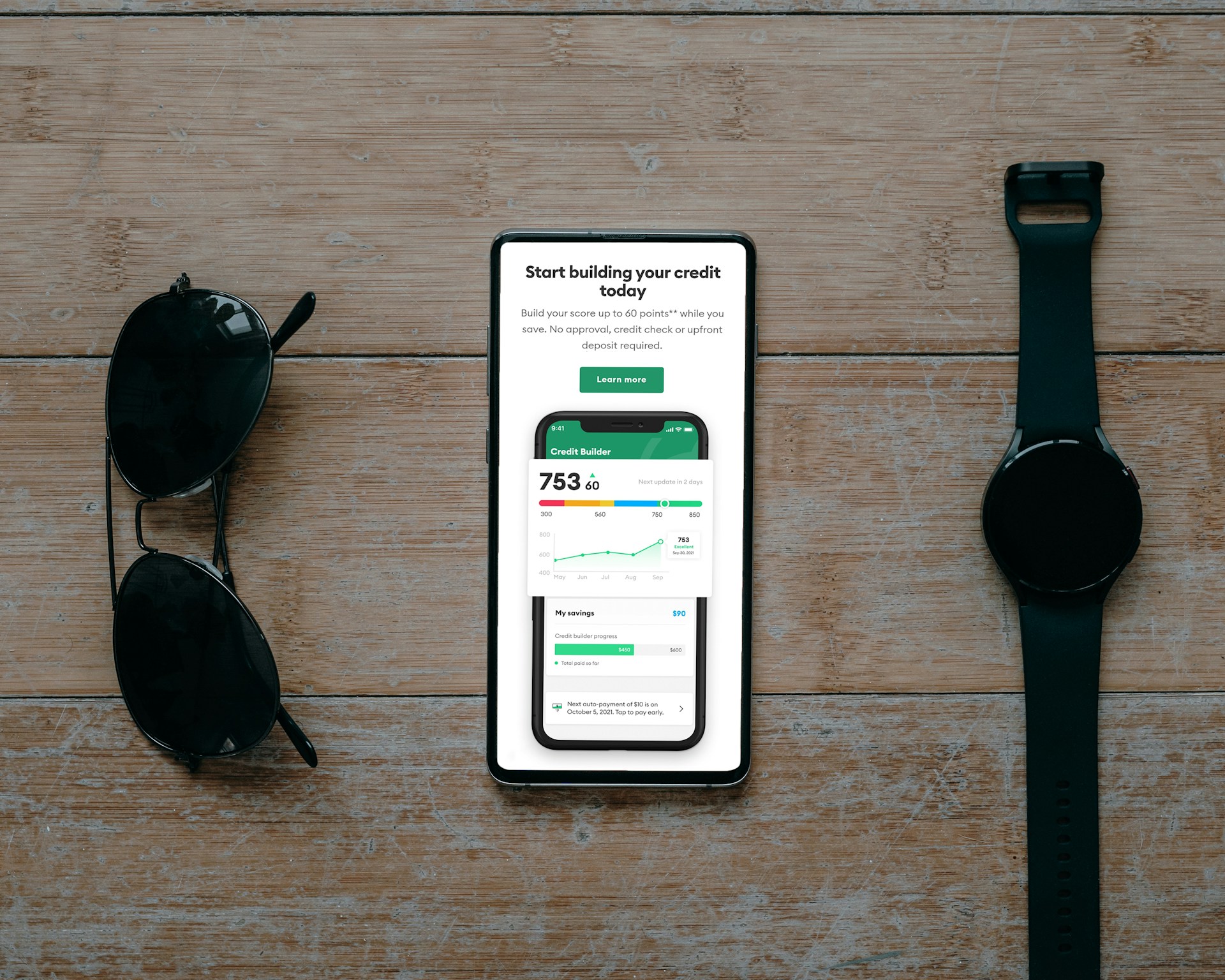Improving your credit score does not require expensive services or third-party help. Most people can raise their score by 50 to 100 points in a few months just by changing how they manage payments, balances, and accounts.
1. Pay Every Bill on Time, Starting Now
Payment history makes up the largest part of your credit score. Even one late payment can drop your score by 60 to 100 points. If you’ve missed payments before, the damage fades over time—but only if you stay current going forward.
Set reminders, automate payments, or use your bank’s scheduling tools. Focus on credit cards, loans, and utilities first. These are the accounts most likely to report missed payments.
2. Reduce Your Credit Utilization Below 30%
Credit utilization means how much of your available credit you’re using. If your card has a $1,000 limit and you owe $700, your utilization is 70%—and that hurts your score.
Aim to keep balances below 30% of your limit. Below 10% is even better. You can do this by:
- Paying down balances aggressively
- Making multiple payments each month
- Asking for a credit limit increase (without adding new debt)
This change alone can raise your score within 30 days.
3. Keep Old Accounts Open
Length of credit history matters. Closing old accounts shortens your average account age and may reduce your score. Even if you no longer use a card, keep it open with a zero balance.
If the card has an annual fee and you want to close it, ask the issuer to downgrade it to a no-fee version. That way, the account stays active without costing you money.
4. Avoid New Credit Applications
Each time you apply for credit, a hard inquiry hits your report. Too many inquiries in a short time can lower your score. Unless you’re applying for a mortgage or auto loan, hold off on new credit until your score improves.
Soft inquiries like checking your own score do not affect your rating. Use free tools to monitor progress without penalty.
5. Fix Errors on Your Credit Report
Mistakes happen. Accounts may be listed twice, payments marked late when they were on time, or balances shown incorrectly. These errors drag your score down.
Get free reports from AnnualCreditReport.com. . Review each one carefully. If you find a mistake, dispute it with the credit bureau. Most errors are resolved within 30 days.
6. Use a Secured Credit Card If You Have No Credit
If your score is low because you have little or no credit history, a secured card can help. You deposit money upfront, and that becomes your credit limit. Use the card for small purchases and pay it off monthly.
After six months of on-time payments, many issuers upgrade you to an unsecured card. That builds your score without risk.
7. Become an Authorized User
Ask a trusted family member to add you as an authorized user on their credit card. Their positive history can boost your score—without you needing to use the card.
Make sure the account is in good standing and has low utilization. Not all issuers report authorized users, so confirm before joining.
You do not need to pay for credit repair to see results. You need consistent habits, smart use of available credit, and a clear plan. Most improvements happen within 30 to 90 days. Start today, track your progress, and stay focused. Your score will follow.


Leave a Reply